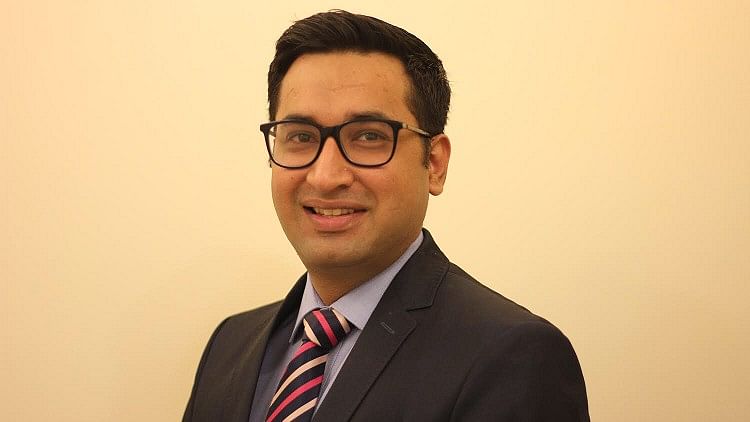
Credit: Special Arrangement
Building on the foundation of various Production Linked Incentive (PLI) schemes offering financial stimulus tied to production targets, the government is now set to launch three Employment Linked Incentive (ELI) schemes as part of the Prime Minister’s comprehensive economic package. These new schemes aim to address unemployment and stimulate growth in the manufacturing sector.
Scheme A: First timers
This scheme targets individuals who are entering the workforce. Under this scheme, the government will provide a one-month wage to these new employees (first-time employees registered with the EPFO), disbursed in three installments. The maximum benefit will be ₹15,000, with an eligibility cap of a ₹1 lakh monthly salary. This scheme is expected to benefit around 210 lakh young individuals.
Scheme B: Job creation in manufacturing
This scheme aims to incentivise additional employment, linked to the hiring of first-time employees. The scheme offers incentives to both employees and employers, based on their EPFO contributions over the first four years of employment. The scheme is projected to benefit around 30 lakh young entrants and their employers.
Scheme C: Support to employers
This scheme focuses on encouraging additional employment and is an employer-focused initiative. It targets new employment with salaries upto ₹1 lakh per month. The government will reimburse employers up to ₹3,000 per month for two years towards the EPFO contributions for each additional employee hired under the scheme. This scheme aims to incentivise the employment of 50 lakh persons.
Implications and benefits
These ELI schemes complement existing PLI schemes, which have historically been announced independently. While the PLI schemes focus on boosting domestic manufacturing through financial incentives tied to production targets, the ELI schemes aim to ensure that this growth translates into substantial employment opportunities.
The first timers scheme will help integrate fresh graduates and new entrants into the formal economy, providing them with a stable income and reducing the initial financial burden of starting a career. The Job Creation scheme, by offering incentives tied to EPFO contributions, encourages employers to expand their workforce, thus driving employment and industrial growth. Meanwhile, Support to Employers scheme offers significant benefits to employers by reducing the financial burden of hiring additional employees by reimbursing certain amount of EPFO contribution for two years, which makes it more cost effective to expand the workforce, particularly for small and medium sized enterprises.
In conclusion, the introduction of these ELI schemes underscores the government’s commitment to tackling unemployment and stimulating economic growth. By providing targeted support to both employees and employers, these schemes are poised to create a more dynamic and inclusive job market, fostering a robust economic environment conducive to sustained industrial development. As the finer details of these schemes are awaited, stakeholders across the manufacturing landscape are keen to explore how these incentives can be leveraged to achieve the twin goals of industrial growth and employment generation.
Union Budget 2024 LIVE | Making a record for any Finance Minister, Nirmala Sitharaman presented her 7th consecutive Union Budget on July 23, 2024 under the Modi 3.0 government. This Budget brought tax relief for the middle class, while focusing on jobs through skilling, incentivising employers. Track the latest coverage, live news, in-depth opinions, and analysis only on Deccan Herald. Also follow us on WhatsApp, LinkedIn, X, Facebook, YouTube, and Instagram.